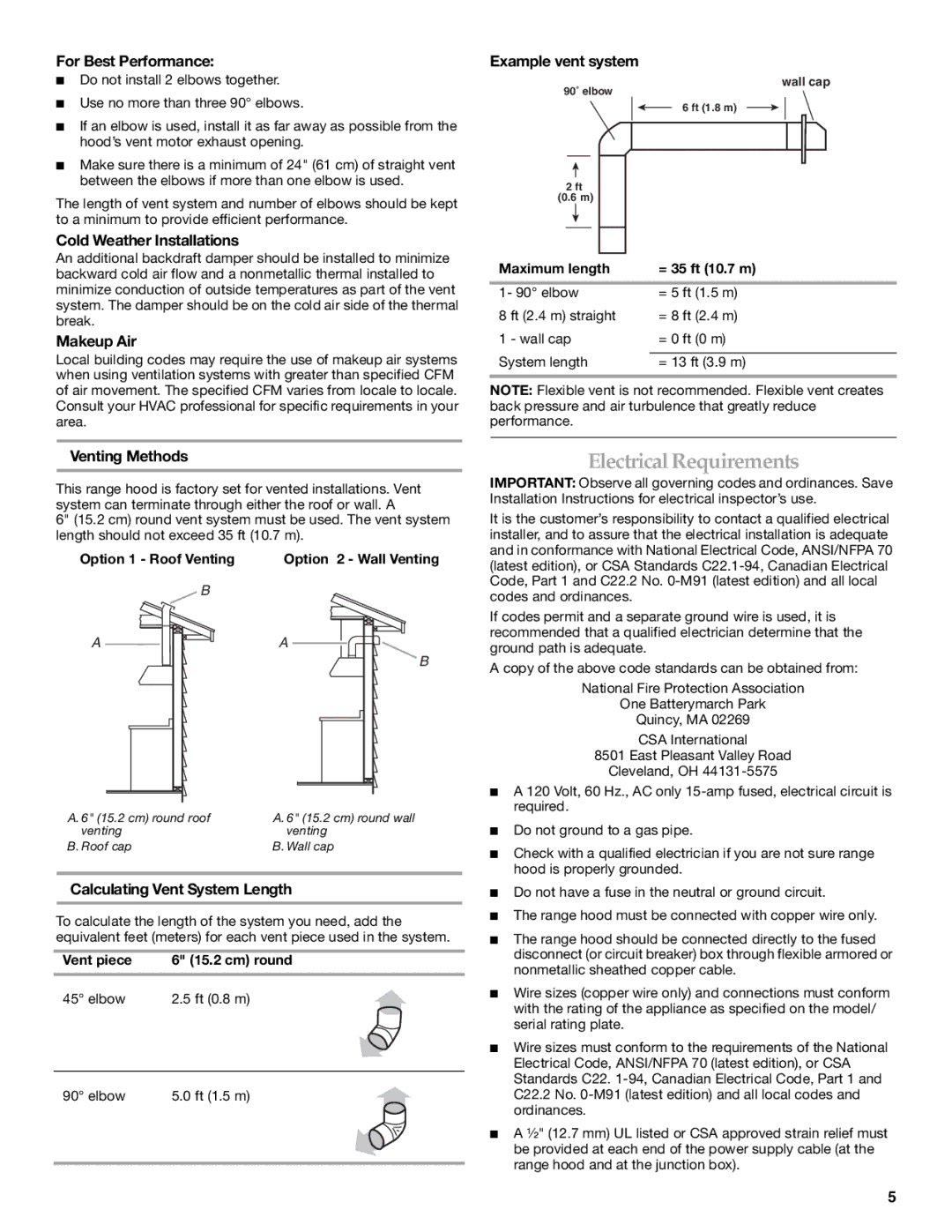2005 specifications
In 2005, KitchenAid continued to establish itself as a leader in the kitchen appliance industry, innovating and enhancing its product line to cultivate a blend of style, functionality, and reliability. One of the standout products of this year was the KitchenAid Stand Mixer, which had solidified its reputation as an essential kitchen companion for both amateur cooks and professional chefs alike.The 2005 model featured a powerful 575-watt motor that provided ample torque, allowing users to effortlessly mix even the thickest doughs. This enhanced motor capability was complemented by 10 different speed settings, enabling cooks to tailor their mixing to the specific needs of various recipes, from whipping cream to kneading bread.
One of the hallmark characteristics of KitchenAid stand mixers was their distinctive and iconic design. The 2005 models maintained a classic aesthetic while offering a wide palette of colors to suit any kitchen décor. Additionally, their durable metal construction promised longevity, making them not only a functional tool but also a stylish addition to countertops.
Another notable feature was the versatility of these mixers. The 2005 lineup had various attachments and accessories available, including a food grinder, pasta maker, and vegetable slicer, all of which expanded the mixer’s utility beyond simple mixing tasks. This adaptability encouraged creativity in the kitchen and promoted the idea of homemade meals.
KitchenAid also emphasized ease of use and convenience in their 2005 models. The tilting head design allowed for easy access to the bowl, simplifying the process of adding ingredients. Moreover, the bowl-lift design provided stability, particularly useful for larger batches and heavier mixtures.
The brand also integrated advanced technologies into their stand mixers, ensuring consistent performance. For instance, the unique planetary mixing action guaranteed thorough mixing by allowing the beater to spin in one direction while the shaft rotated in the opposite direction—ensuring that every ingredient was evenly incorporated.
In summary, KitchenAid's 2005 offerings combined powerful performance, stunning design, and innovative technology, making their appliances a beloved choice among culinary enthusiasts. The focus on durability and versatility transformed the everyday kitchen experience, solidifying KitchenAid's reputation for excellence in the realm of kitchen appliances.

